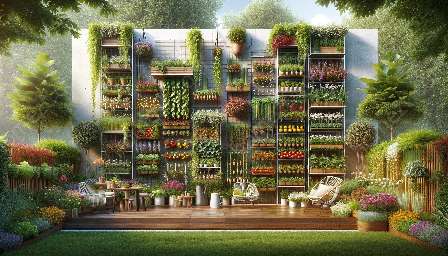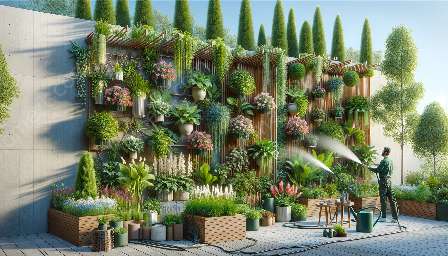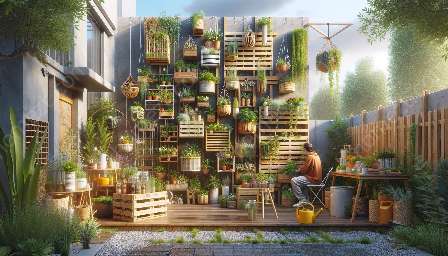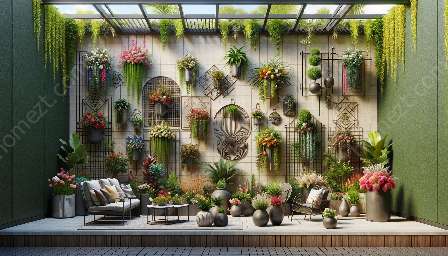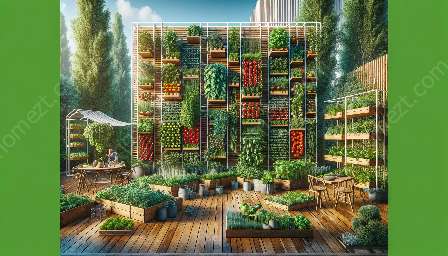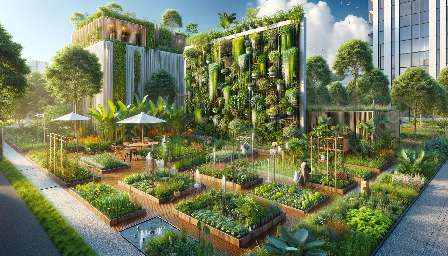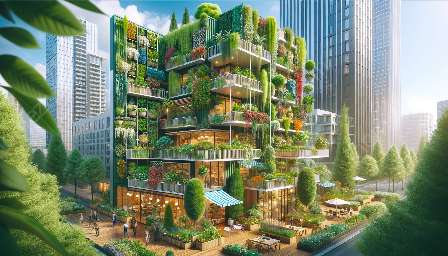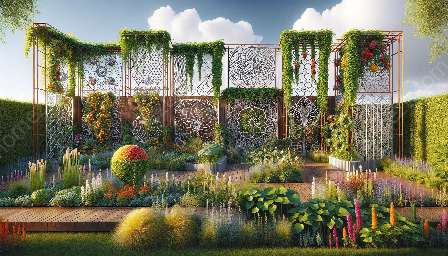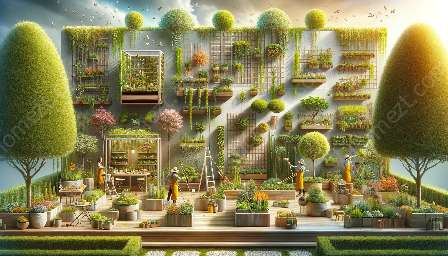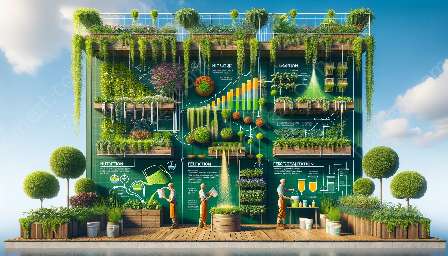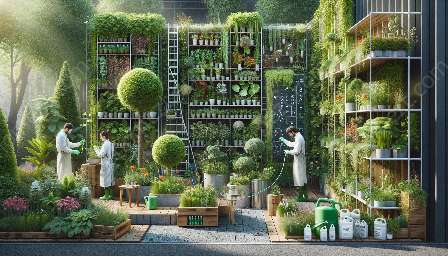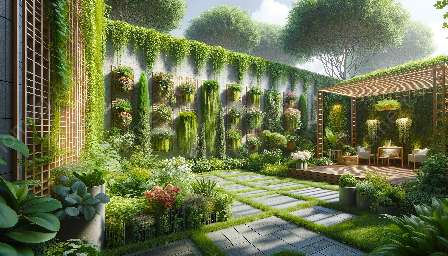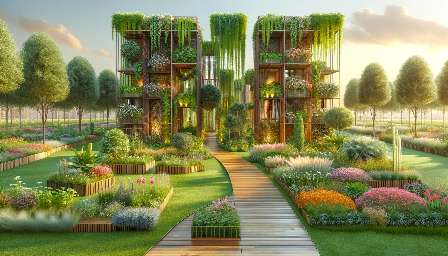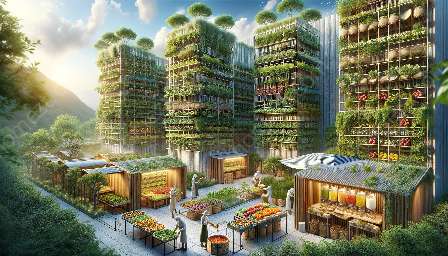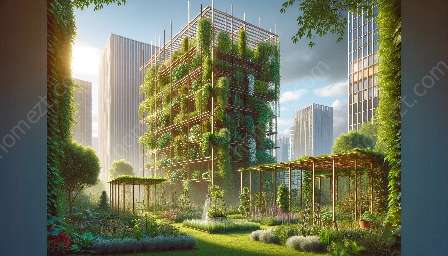Vertical gardening and trellises are popular options for cultivating plants and adding aesthetic value to garden spaces. Trellises come in various types, each with unique features and intended uses. In this comprehensive guide, we will explore the different types of trellises and their applications in the garden.
1. Lattice Trellis
A lattice trellis is a classic choice for supporting climbing plants such as vines, roses, and peas. It consists of an open framework of intersecting wood or metal strips, creating a visually appealing structure for plant support. Lattice trellises can be installed against walls or fences, providing a vertical growing space for plants while enhancing the overall garden design.
2. Arched Trellis
Arched trellises offer a charming and whimsical touch to garden settings. These trellises feature an arched top supported by vertical posts, creating a tunnel-like effect for plants to grow over. They are suitable for flowering vines, such as clematis and morning glories, and can serve as entryways or focal points within the garden landscape. Arched trellises provide both functional support for climbing plants and an enchanting visual element in the garden.
3. Obelisk Trellis
The obelisk trellis is an elegant and space-efficient option for vertical gardening. Its tall, tapered structure provides excellent support for vining vegetables, such as tomatoes and cucumbers, as well as flowering climbers like sweet peas and honeysuckle. Obelisk trellises can be placed in containers or directly in the ground, adding vertical interest and structure to garden beds and patio spaces.
4. Wire Trellis
Wire trellises are versatile and contemporary in design, making them ideal for modern gardeners. They are typically constructed using tensioned wires or mesh panels, offering a sleek and minimalist look for supporting climbing plants. Wire trellises are perfect for training fruit-bearing vines, such as grapes and kiwi, and can be customized to fit various garden layouts and sizes.
5. Teepee Trellis
Teepee trellises are simple yet effective structures for creating vertical growing spaces in the garden. Consisting of a conical framework made of bamboo, wood, or metal, teepee trellises provide ample support for beans, small melons, and flowering annuals. They are easy to install and can add a rustic and natural aesthetic to garden beds and outdoor areas.
6. Fan Trellis
Fan trellises are designed to showcase plants in a decorative manner, making them popular choices for ornamental gardens. These trellises feature a fan-shaped grid that allows climbing plants to grow in a fan-like pattern, creating a stunning visual display. Fan trellises are well-suited for training flowering climbers, such as wisteria and jasmine, against walls or fences, adding a touch of elegance and charm to garden architecture.
7. Wall-Mounted Trellis
Wall-mounted trellises are practical solutions for utilizing vertical spaces in small gardens or urban settings. They can be attached to exterior walls or fences, providing support for a variety of climbing plants while maximizing space efficiency. Wall-mounted trellises are often crafted from metal or wood, offering durability and weather resistance. They are perfect for creating vertical gardens on balconies, patios, and other confined areas, bringing greenery to otherwise limited spaces.
Benefits of Using Trellises in the Garden
Regardless of the type, trellises offer several advantages for both plants and gardeners:
- Vertical Growing Space: Trellises enable plants to grow vertically, maximizing space and allowing for better air circulation and sunlight exposure.
- Plant Support: Climbing plants can thrive and reach their full potential with the assistance of trellises, reducing the risk of damage from pests and diseases.
- Visual Appeal: Trellises add architectural interest and aesthetic value to gardens, transforming ordinary spaces into lush and vibrant landscapes.
- Space Optimization: By utilizing vertical surfaces, trellises help make the most of limited garden areas, making them ideal for urban and small-space gardens.
Incorporating Trellises in Vertical Gardening
Vertical gardening with trellises opens up a world of possibilities for cultivating plants in innovative ways:
- Edible Vertical Gardens: Use trellises to grow climbing vegetables and fruits, such as cucumbers, beans, and tomatoes, for efficient and space-saving food production.
- Vertical Flowering Displays: Transform empty walls or fences into vibrant floral showcases by training climbing plants on trellises, creating living artwork in the garden.
- Privacy Screening: Create natural privacy screens and partitions by strategically placing trellises with dense foliage plants, increasing greenery and seclusion in outdoor spaces.
- Enhancing Outdoor Living Areas: Install trellises in outdoor seating areas to create green partitions and define spaces, adding intimacy and charm to garden patios and decks.
Conclusion
Understanding the various types of trellises and their uses empowers gardeners to make informed decisions when incorporating these structures into their outdoor spaces. Whether for supporting climbing vegetables, training flowering vines, or simply adding visual interest, trellises play an essential role in vertical gardening and garden design. By selecting the right trellis type and integrating it strategically, gardeners can elevate their outdoor environments and enjoy the numerous benefits of vertical gardening.

